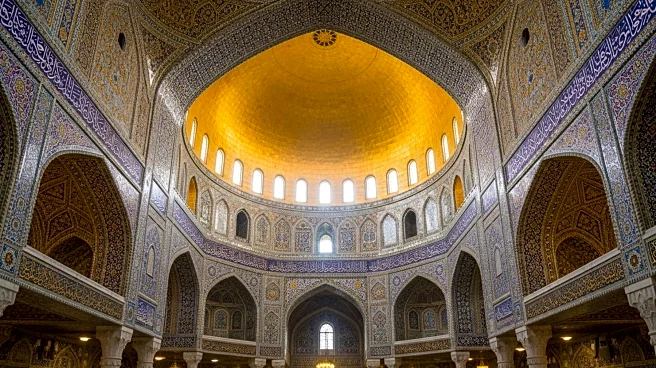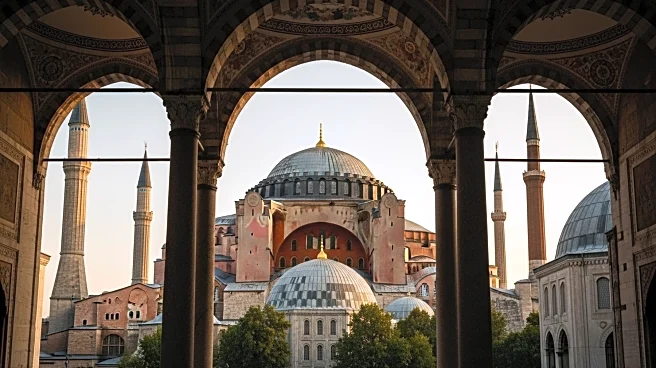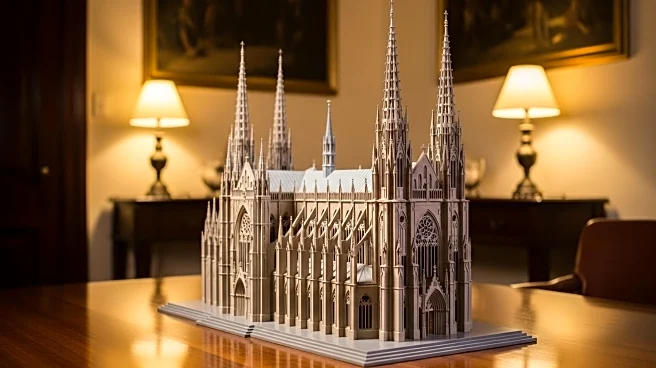Hagia Sophia has exerted a profound influence on architecture and culture, both in Istanbul and beyond. Its innovative design and rich history have inspired countless structures and cultural movements, making it a pivotal site in the study of Byzantine architecture.
Intellectual and Cultural Influence
Hagia Sophia's architectural innovations, particularly its massive dome, have influenced the design of numerous religious and secular buildings worldwide. Its use of pendentives set a precedent for future architectural endeavors, showcasing the ingenuity of Byzantine engineering.
Policy or Industry Effects
The building's transformation into a mosque and later a museum reflects broader cultural and political shifts in Istanbul. These changes have influenced discussions about cultural heritage and religious identity, highlighting the complex interplay of politics and culture.
Global vs. U.S. Reach
While Hagia Sophia's influence is most pronounced in Istanbul, its architectural innovations have had a global impact. For U.S. audiences, the building offers a fascinating study of cultural and religious transformation, showcasing the importance of preserving historical landmarks.
Critiques and Debates
Hagia Sophia has been the subject of numerous debates, particularly regarding its role and significance in contemporary Turkey. These discussions reflect ongoing tensions between cultural heritage and religious identity, highlighting the complexities of its history.
 Discover Daily • 7 min read
Discover Daily • 7 min read 









